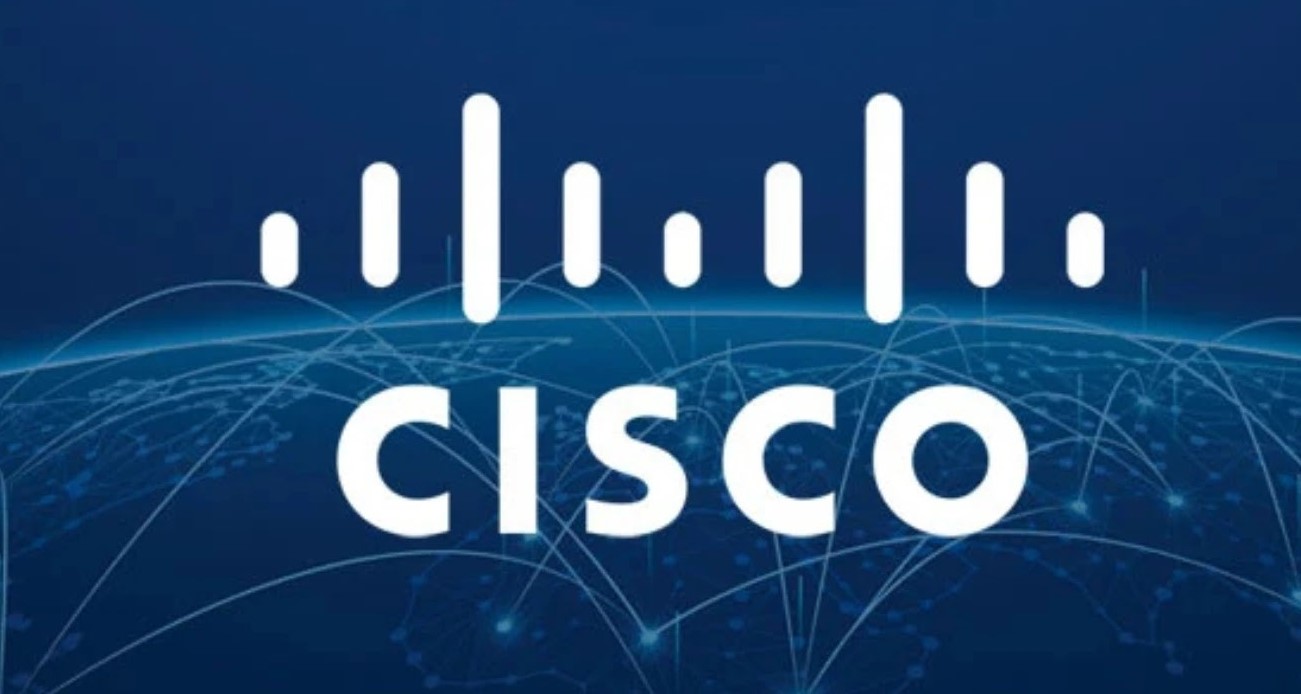
Cisco Warns of Critical ISE Flaw Allowing Unauthenticated Attackers to Execute Root Code
In the high-stakes world of enterprise security, the integrity of identity and access management (IAM) is paramount. A security flaw in a cornerstone product like Cisco Identity Services Engine (ISE) can send ripples of concern through IT departments globally. Cisco has recently disclosed a critical vulnerability impacting ISE and Cisco ISE Passive Identity Connector (ISE-PIC), raising immediate red flags for organizations relying on these solutions for their network access control and policy enforcement.
Cisco ISE Flaw: Unauthenticated Root Code Execution
The newly identified maximum-severity security vulnerability, tracked as CVE-2025-20337, has sent a clear message to security teams: immediate action is required. This flaw boasts a CVSS score of 10.0, the highest possible severity, indicating that it is easily exploitable and carries significant risk. The core danger lies in its potential to allow an unauthenticated attacker to execute arbitrary code on the underlying operating system with elevated, root-level privileges.
For context, root access typically grants complete control over a system, allowing an attacker to manipulate data, install malware, create backdoor accounts, or even disrupt services entirely. The “unauthenticated” aspect makes this vulnerability particularly insidious, as it means an attacker does not need to possess valid credentials to initiate such an attack. This drastically lowers the bar for exploitation, expanding the potential threat landscape significantly.
Understanding the Impact on Identity Services
Cisco Identity Services Engine (ISE) is a critical component in many enterprise networks, serving as a centralized policy management platform for network access, enforcing security policies, and providing visibility into user and device behavior. Cisco ISE Passive Identity Connector (ISE-PIC) extends this functionality by collecting identity information from various sources to provide more granular policy enforcement.
A compromise of ISE through CVE-2025-20337 could lead to:
- Complete Network Compromise: With root access to ISE, an attacker could potentially reconfigure network access policies, allow unauthorized users or devices, or block legitimate ones, leading to widespread disruption.
- Data Exfiltration: Sensitive user credentials, policy configurations, and other critical data stored on or accessible by the ISE instance could be stolen.
- Persistence and Lateral Movement: An attacker could establish persistent footholds within the network and move laterally to other systems, expanding their control and impact.
- Reputational Damage: A successful cyberattack leveraging this vulnerability could severely damage an organization’s reputation, leading to loss of trust among customers and partners.
Similarities to Past Vulnerabilities
Cisco notes that CVE-2025-20337 shares similarities with a previously patched vulnerability, CVE-2025-20281. This suggests a pattern or recurring vulnerability category within the software, highlighting the importance of thorough security auditing and patching. Organizations that previously addressed CVE-2025-20281 should not assume immunity and must apply the new patch for CVE-2025-20337 immediately.
Remediation Actions: Securing Your Cisco ISE Environment
Given the critical nature of CVE-2025-20337, immediate action is crucial for all organizations utilizing Cisco ISE or ISE-PIC. Cisco has released security advisories and patches to address this flaw. The primary remediation strategy involves applying the recommended software updates as soon as they are available and feasible within your environment.
- Consult Cisco’s Official Advisory: Always refer to Cisco’s official security advisory for CVE-2025-20337. This is the authoritative source for affected versions, specific patch numbers, and any temporary workarounds or mitigation strategies.
- Patch Immediately: Prioritize the deployment of the corrective patches on all affected Cisco ISE and ISE-PIC instances. Follow Cisco’s recommended patching procedures carefully.
- Regularly Monitor for Updates: Establish a routine for checking Cisco’s security advisories and software releases, especially for critical infrastructure components like ISE.
- Review Network Segmentation: While patching is the ultimate solution, good network segmentation can help limit the blast radius of a successful exploit. Ensure your ISE instances are adequately isolated from less trusted networks.
- Implement Strong Access Controls: Even though this is an unauthenticated vulnerability, reinforcing strong access controls and implementing multi-factor authentication (MFA) for administrative access to ISE remain best practices.
- Enable Logging and Monitoring: Ensure comprehensive logging is enabled on your ISE instances and that logs are forwarded to a Security Information and Event Management (SIEM) system for real-time monitoring and anomaly detection.
Tools for Vulnerability Management and Detection
Effective vulnerability management requires a combination of proactive scanning, robust patching, and continuous monitoring. Here are some categories of tools relevant to addressing and monitoring security posture for vulnerabilities like CVE-2025-20337:
| Tool Name | Purpose | Link |
|---|---|---|
| Cisco Software Download Center | Official source for Cisco patches and updates. | https://software.cisco.com/ |
| Vulnerability Scanners (e.g., Nessus, Qualys, Rapid7) | Identify known vulnerabilities, including missing patches, across network assets. | Varies by vendor |
| SIEM Solutions (e.g., Splunk, IBM QRadar, Microsoft Sentinel) | Aggregate and analyze security logs for suspicious activity and potential exploitation attempts. | Varies by vendor |
| Network Intrusion Detection/Prevention Systems (NIDS/NIPS) | Detect and potentially block malicious traffic patterns and known exploit signatures targeting network services. | Varies by vendor |
Conclusion: Prioritizing Patching for Core Services
The disclosure of CVE-2025-20337 in Cisco ISE underscores the persistent threat of critical vulnerabilities in foundational infrastructure components. Given its maximum severity score and the potential for unauthenticated root code execution, this flaw demands immediate attention. Organizations must prioritize applying the necessary patches to protect their identity services, maintain network integrity, and prevent potentially catastrophic security breaches. Staying informed, acting swiftly, and maintaining strong security hygiene are non-negotiable in defending against such sophisticated threats.





